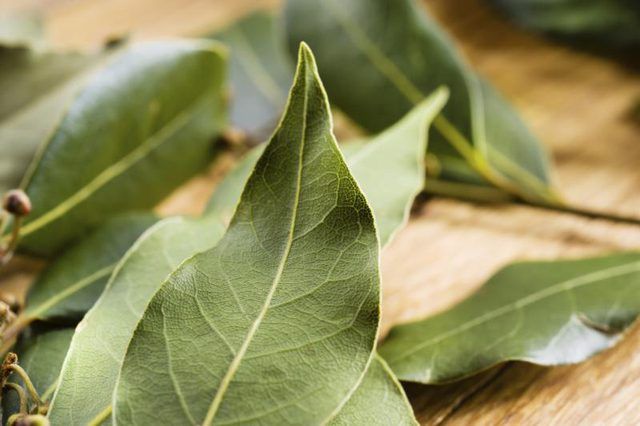Bulbs
Flower Basics
Flower Beds & Specialty Gardens
Flower Garden
Garden Furniture
Garden Gnomes
Garden Seeds
Garden Sheds
Garden Statues
Garden Tools & Supplies
Gardening Basics
Green & Organic
Groundcovers & Vines
Growing Annuals
Growing Basil
Growing Beans
Growing Berries
Growing Blueberries
Growing Cactus
Growing Corn
Growing Cotton
Growing Edibles
Growing Flowers
Growing Garlic
Growing Grapes
Growing Grass
Growing Herbs
Growing Jasmine
Growing Mint
Growing Mushrooms
Orchids
Growing Peanuts
Growing Perennials
Growing Plants
Growing Rosemary
Growing Roses
Growing Strawberries
Growing Sunflowers
Growing Thyme
Growing Tomatoes
Growing Tulips
Growing Vegetables
Herb Basics
Herb Garden
Indoor Growing
Landscaping Basics
Landscaping Patios
Landscaping Plants
Landscaping Shrubs
Landscaping Trees
Landscaping Walks & Pathways
Lawn Basics
Lawn Maintenance
Lawn Mowers
Lawn Ornaments
Lawn Planting
Lawn Tools
Outdoor Growing
Overall Landscape Planning
Pests, Weeds & Problems
Plant Basics
Rock Garden
Rose Garden
Shrubs
Soil
Specialty Gardens
Trees
Vegetable Garden
Yard Maintenance
How to Grow Bay Leaf
How to Grow Bay Leaf. If you've ever come across a recipe that calls for bay leaf (Laurus nobles) and all you have is a yellowing jar of dusty leaves in the back of the spice cupboard, it may be time to add this flavorful little shrub to your herb garden. Bay leaf is a small tree or shrub that grows in U.S. Department of Agriculture plant hardiness...

If you've ever come across a recipe that calls for bay leaf (Laurus nobles) and all you have is a yellowing jar of dusty leaves in the back of the spice cupboard, it may be time to add this flavorful little shrub to your herb garden. Bay leaf is a small tree or shrub that grows in U.S. Department of Agriculture plant hardiness zones 8 through 11. In colder regions, bay leaf grows well in a container that can be brought indoors for the winter. Although commonly grown as a culinary herb, bay leaf also makes a strong specimen tree or shrub and, spaced close together, creates a dense screen.
Shrub, Tree or Hedge
Spacing bay leaf trees depends entirely on how big you plan to let them get. Within the hardiness zone, bay leaf grows as a small landscape tree between 12 to 15 feet tall, though it can grow up to 35 feet tall. Space bay leaf 15 to 20 feet apart as landscape trees. Bay leaf works well pruned and maintained as a small landscape shrub, requiring a spacing of 7 to 8 feet between plants. You also can grow bay leaf as a hedge or screen by spacing the plants 3 to 4 feet apart.
Soil, Sun and Watering
Bay leaf needs regular water, especially during the dryer parts of late spring, summer and early fall. Water two to three times a week from spring through fall with 1 gallon of water per plant. In the winter, reduce watering to once a week with 3/4 gallons of water. Not all soil absorbs water at the same rate, so reduce watering if it starts looking wet and muddy or increase watering if the soil looks dry and parched. Grow bay leaf in full sun or part shade where the soil drains well.
Spring and Summer Feeding
In spring and again in mid-summer, fertilize bay leaf with general purpose-fertilizer. Use 1/2 a cup for each shrub over 8 feet tall. For smaller specimens, use 1 tablespoon for each foot in height. Sprinkle the fertilizer in a band starting 1 foot from the base and extending to the drip line. Find the drip line by envisioning a circle around the bay leaf tree or shrub directly under the outermost branch tips. Use a soaker setting on the hose to water in the fertilizer.
Container-Grown Specimen
Outside the growing zone, bay leaf grows well in a container outside in the summer and indoors in the fall and winter. Start with a container with a diameter 1 to 2 inches wider than the root ball or nursery pot, and repot filled with a combination of equal parts cactus or other fast-draining potting mix and standard potting soil. During the winter, force bay leaf into a semi-dormant state by keeping it in out of direct bright light and between 35 and 60 degrees Fahrenheit.